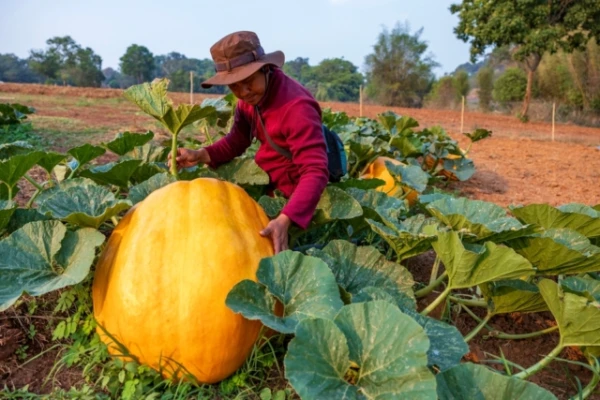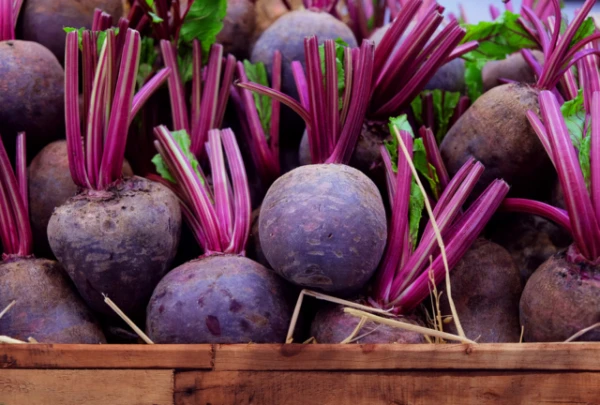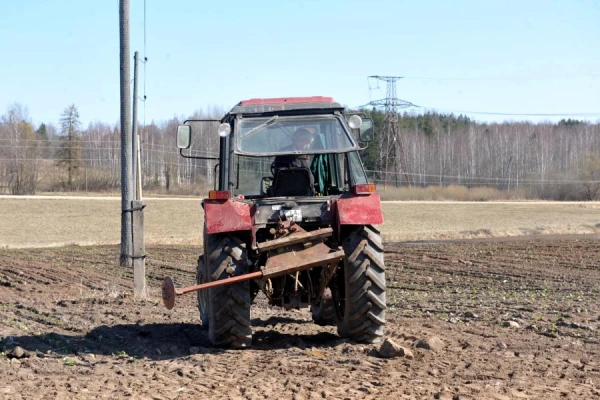
Every autumn, some farmers rejoice at record pumpkin harvests, with weights exceeding 1200 kilograms.
At the same time, the largest apple barely reaches 1.8 kilograms, and the biggest blueberry weighs less than 30 grams. So why are pumpkins capable of growing to such giant sizes, while other fruits, including berries, remain small?
The secret lies in special varieties of pumpkins of the species Cucurbita maxima, such as Mammoth and Atlantic Giant. These varieties were bred by growers specifically to produce huge fruits. The main reason for their size lies in an unusual type of growth: these plants continue to grow and develop without restrictions, unlike limited-growth plants that reach a fixed size.
Giant pumpkins lack a rigid genetic "program" that controls the size of organs — leaves, flowers, and fruits. In these plants, the "restriction" on growth is significantly weaker, allowing the fruits to increase to colossal sizes. Thanks to their powerful foliage, the plant constantly supplies the fruit with energy and nutrients.
Moreover, the thick and elastic skin of the pumpkin can withstand enormous weight without cracking, while soft-fleshed berries and fruits lack such structural support.
As a result, the ability of pumpkins to become giants is explained by a combination of their growth type, prolonged selection, structural features, and mechanical properties of the fruit, as well as proper care for the plant.












